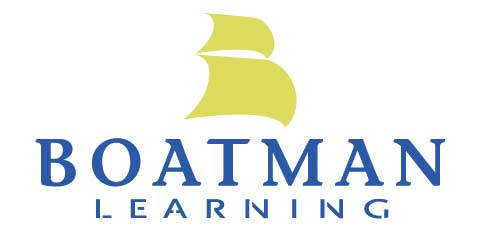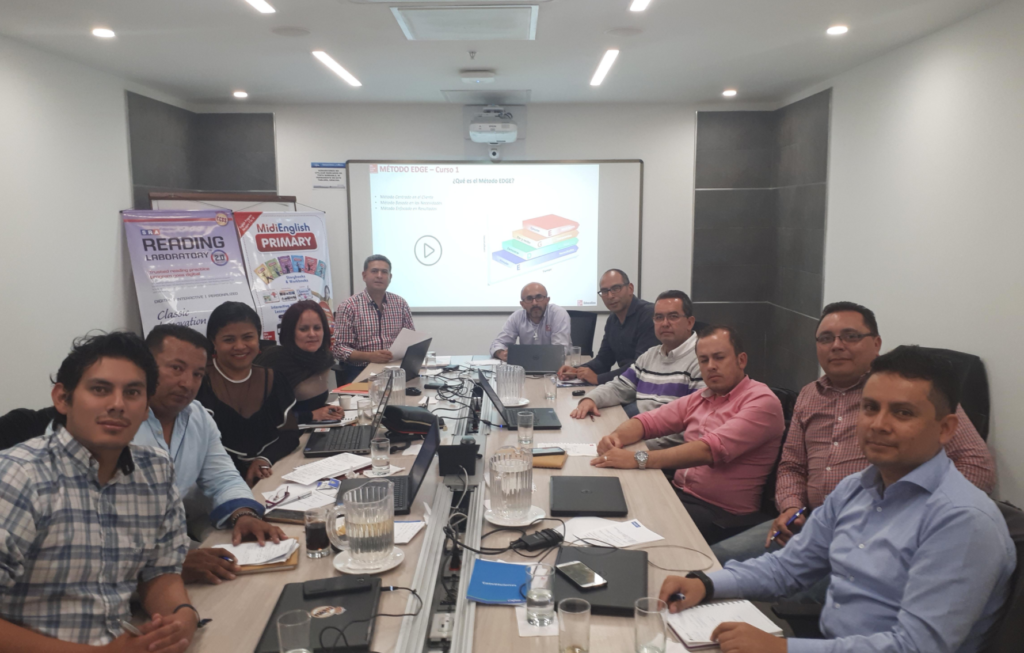You’ve taken them out of the field. They could be selling right now, but instead they’re about to endure your sales training. They don’t have to tell you, you can see the questions on their faces: Who are you? And what do you propose to teach me about selling?
Whether you’re delivering your millionth session or preparing your first, delivering great sales training relies on fundamental best practices. How about a quick refresher? Okay!
NOTE: These best practices work in the flipped classroom (recommended!) as well as traditional, lecture-dependent sales training.
Start with clear objectives
When salespeople know what to expect, comfort level with the session increases. Help your participant get comfortable with the session by starting out with a clear agenda.
BEST Practices:
- Focus on what they will be able to do because
of the session, not what you’ll cover in the session.
- Example: “Understanding customer needs” vs. “Customer needs.
- Keep it tight: more than 3-5 objectives in an hour session means you may be covering too much ground.
Focus on higher-level learning objectives
If your session is focused on knowledge and understanding, you may be under-utilizing the power live training. The unique value of the live meeting is your ability to have salespeople actually DO things. Focus on learning objectives that require action by the sellers.
BEST practices:
- Use Bloom’s taxonomy to get your learning objectives right.
- Use other media to deliver knowledge where possible.
- Focus on what salespeople can create – how can they turn your knowledge and examples into their own strategies, tactics, and words?
Give sellers the chance to practice
By definition, higher level learning objectives lead to a practice opportunity. Give salespeople a chance to apply what they’ve learned in a controlled setting, and you’ve paved the way for application back on the job.
BEST Practices:
- Break your practice opportunities into short chunks – complete “sales calls” are not as real as moments in time to which reps need to respond.
- Keep your groups small – diads or triads keep the risk low and increase the likelihood of good practice.
- Provide a model of what good looks like – don’t leave it up to chance or hope they won’t flail.
4. Structure your session to gradually raise the risk level
Starting your session with large group discussion, or relying on large-group Q&A to surface issues, is inefficient and often yields suboptimal results. Work your way up to that and get more interaction from more people.
BEST practices:
- Start with solo reflection and writing – give more analytical people the chance to participate at their pace.
- Encourage written submissions for the same reason.
- Use pairs, triads, and small groups to start the Q&A process – have them combine their thinking for more efficiency.
Use questions to tee up your topic
The best thing about questions is that you can’t help but answer them. Even rhetorical questions force salespeople to consider what you’re saying. Asking about their challenges and “have you ever?” gets them more engaged in your session than statements ever could.
BEST practices:
- Ask “have you ever?” to get salespeople to validate the challenge.
- Ask “how many of you?” to get easy responses flowing in the form of hand-raising.
Use Level 3 questions to get more of a reaction
Have you ever struggled to get salespeople to tell you what they really think of what you just taught them? Go beyond “Any questions” with Level 3 questions that test for the value.
BEST practices:
- Ask “How would you use this in the field?” to test for validity.
- Ask “How does this help you?” and “Where’s the value?” instead of “Is this helpful?”
- Ask followup questions to get past passive head-nodding.
- Ask about what challenges they’ll experience in applying this to the field to surface concerns and objections.
Have an ASK
If you’re not asking them for commitment to action as a result of your session, you’re not doing your job as a seller of your session. Know the ask you’re going for before you start, and finish with it.
BEST practices:
- Use SMART asks (Specific, Measurable Action that’s Realistic and Timely) to avoid over-asking.
- Lead with your own commitments to them, then ask for theirs – “help me help you.”
Use professional visuals
If you’re using powerpoint, don’t violate the rules of good slides. There is no excuse for an eye chart! Many great presentations fail at this seemingly minor but underrated point.
BEST practices:
- One topic per slide
- Five lines max
- 5-7 words max
- Big giant fonts
- One image
Change it up every 9 minutes
Studies show that adults can listen with attention for much longer than they can listen with RETENTION. Change modes frequently to avoid overloading salespeople.
BEST practices:
- Mix in writing, note-taking, and reflection time.
- Use more, shorter role plays and interactive exercises.
- Change talkers, particularly if you can get them talking and stepping up.
- Don’t be afraid to simply break and move around for a minute. Even a few shoulder rolls breaks the monotony.
PRACTICE, PRACTICE, PRACTICE!
Practice, practice, and practice. Then practice some more.
BEST practice practices:
- Get an audience – practice in front of others.
- Practice out loud – thinking about it isn’t enough.
- Record yourself and listen to/watch the recording.
- Do it again.
Good luck and good training!
Dan and Matt

